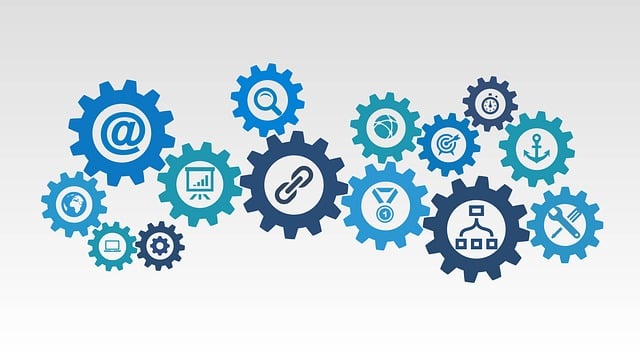AI is revolutionizing agriculture, particularly in soil monitoring, providing farmers with crucial insights into soil moisture levels through real-time data analysis. This precision approach optimizes water usage, enhances crop yield, and minimizes environmental impact, mirroring the application of AI in ad performance attribution by channel. Advanced sensors accurately measure soil conditions using capacitive, resistive, or optical methods, while AI enhances this process through sophisticated data analysis, enabling effective resource allocation and promoting sustainable agricultural practices. Real-time moisture sensing, powered by AI, predicts optimal irrigation times and amounts, reducing water waste and boosting productivity, making it a cornerstone of modern, efficient farming.
“Explore the transformative power of AI in agriculture with our comprehensive guide. We delve into ‘AI Landscaping Real-Time Soil Moisture Monitoring’, highlighting its potential to revolutionize farming practices. From understanding AI’s role in precision agriculture to real-time moisture sensing technology and the art of channel performance attribution, this article offers insights into maximizing water efficiency. Discover how AI is navigating the path to sustainable agriculture, offering farmers precise, data-driven decisions for optimal crop health.”
- Understanding AI's Role in Agriculture: Revolutionizing Soil Monitoring
- Real-Time Moisture Sensing: Technology and Challenges
- Channel Performance Attribution: Maximizing Water Efficiency with AI
Understanding AI's Role in Agriculture: Revolutionizing Soil Monitoring

AI is transforming agriculture, and one of its most significant impacts is in soil monitoring. By leveraging advanced algorithms and real-time data analysis, AI systems can provide farmers with valuable insights into soil moisture levels, enabling them to make informed decisions about irrigation. This precision approach ensures optimal water usage, leading to increased crop yield and reduced environmental impact.
In the context of AI ad performance attribution by channel, these monitoring systems offer a similar level of granularity. Just as marketers attribute ad campaign success across various channels, farmers can now track how different soil management strategies influence crop health. This data-driven approach allows for more effective resource allocation and fosters sustainable agricultural practices, ultimately contributing to a greener and more efficient food production system.
Real-Time Moisture Sensing: Technology and Challenges

Real-time moisture sensing is a critical aspect of intelligent agriculture and landscaping, enabled by advanced sensors that can continuously monitor soil conditions. These sensors utilize various technologies like capacitive, resistive, or optical measurements to detect moisture levels accurately. Each method has its strengths; for instance, capacitive sensors excel in uniform soils while resistive sensors are more suitable for heterogenous media. However, challenges remain, particularly in harsh environments where calibration and maintenance can be difficult.
AI plays a pivotal role in enhancing real-time moisture monitoring by offering advanced data analysis and performance attribution capabilities. By integrating AI algorithms with sensor data, channels like ad campaigns can be effectively attributed based on their contribution to irrigation efficiency. This channel-specific performance analysis allows for precise water management, optimizing resource allocation and reducing waste, especially in large-scale landscaping projects.
Channel Performance Attribution: Maximizing Water Efficiency with AI

AI’s ability to attribute ad performance by channel is a game-changer in maximizing water efficiency. By analyzing vast amounts of data, AI algorithms can identify which channels and campaigns are driving the most meaningful engagement and conversions. This enables precise targeting and optimization, ensuring every drop of water (and budget) is used effectively.
For instance, real-time soil moisture monitoring powered by AI can provide granular insights into irrigation needs. Data from sensors can be fed into AI models to predict optimal watering times and amounts, reducing waste. This not only conserves precious water resources but also enhances overall agricultural productivity, making it a powerful tool in sustainable farming practices.
AI is transforming agriculture, and its role in real-time soil moisture monitoring is a game-changer. By leveraging advanced sensors and machine learning algorithms, farmers can gain unprecedented insights into their soil’s health. This not only enhances water efficiency but also contributes to sustainable agricultural practices. Through channel performance attribution, AI helps optimize resource allocation, ensuring every drop of water counts. As we navigate the future of farming, these innovative solutions will play a vital role in sustaining our planet’s resources and securing food production for generations to come.
